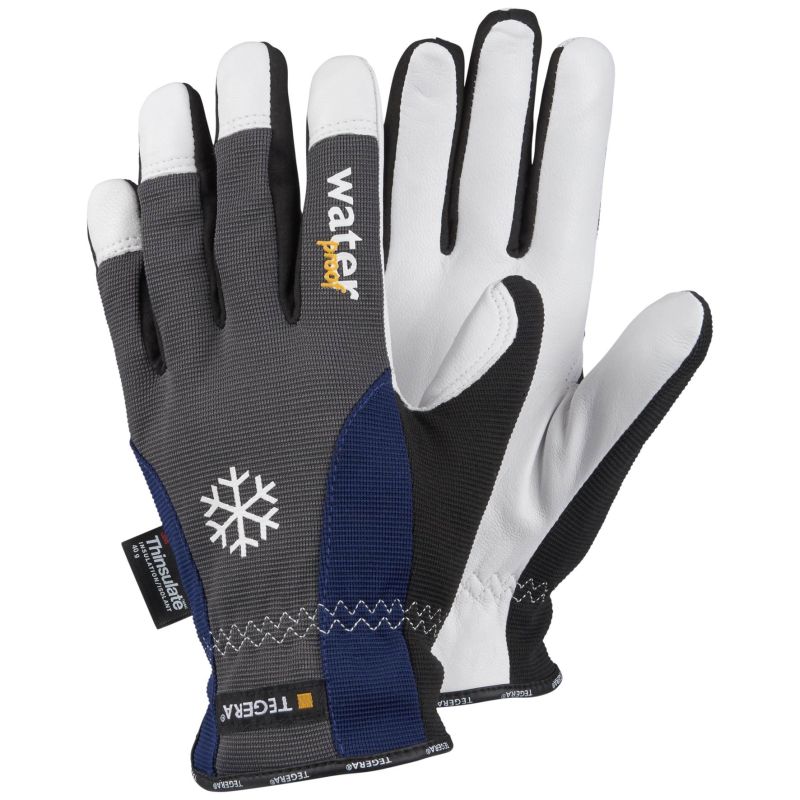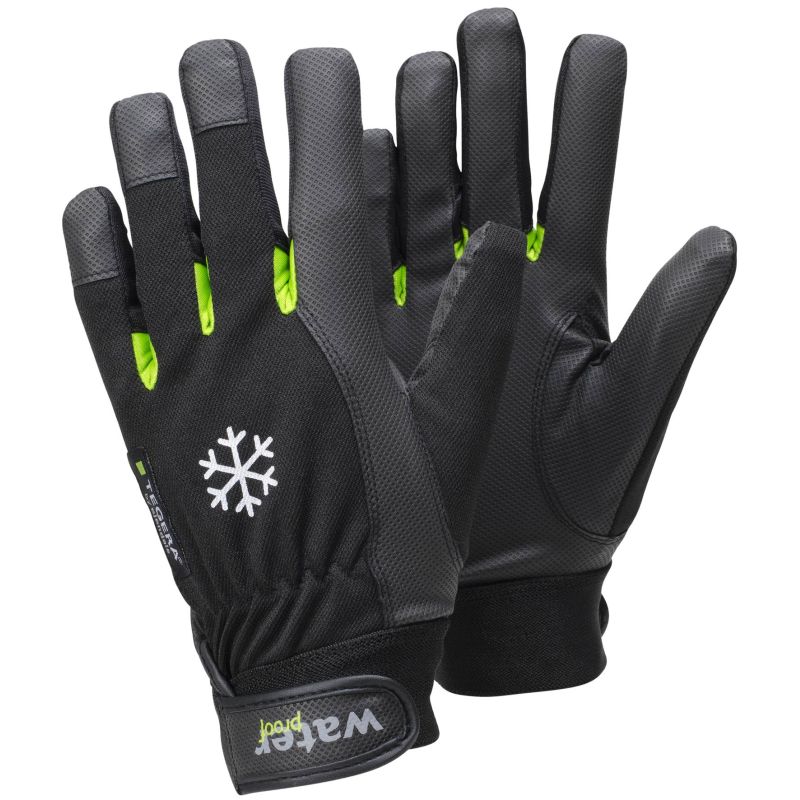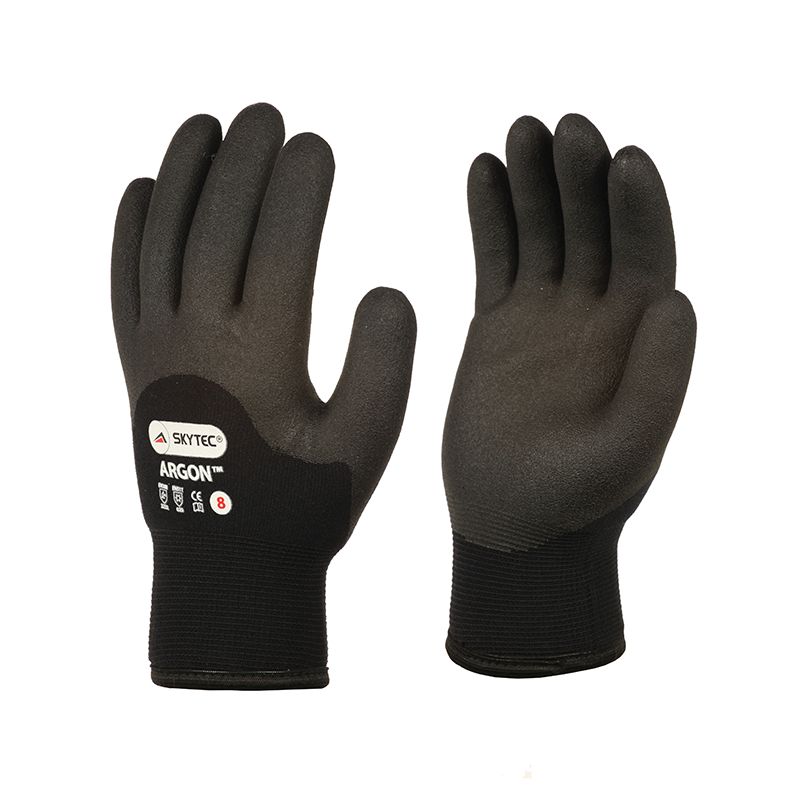A Guide to Glove Safety: EN 511
EN 511 is the standard that a pair of work gloves must meet if it is to offer protection against convective cold, contact cold and water. This only applies for PPE, so don't worry if your pair of thermal gloves doesn't have the standard, but if you do work outdoors, we recommend that you get your hands on a pair of EN 511 Rated safety gloves.
EN 511: A Brief Overview
This guide goes into EN 511 in detail lower down the page. So if you want a detailed look into the standard, please head on down, but if you want a brief overview take a look at the below paragraph.
What Is EN 511?
Most of our Thermal Work Gloves have been tested to EN 511, and you'll be able to locate this information either in a table such as the one below in the copy, EN 511 written on the back of the gloves along with the below symbol or by clicking on the conformity statement that you'll locate on the bottom of the listing. By testing a glove to EN 511, you'll find that a product has been tested to these three different things:
- Convective Cold Resistance: What temperature can you work in? A glove will receive a score of between 1 and 4, with 1 being lowest and 4 being the highest.
- Contact Cold Resistance: What temperature can the gloves actually hold? A glove will achieve a score of between 1 and 4, with 1 being the lowest and 4 being the highest.
- Water Permeability: Is the product waterproof? A glove will achieve a score of either 0 and 1. 0 will mean that the gloves are not waterproof, while the 1 will mean that they are.
| Hazard | Level of Resistance |
|---|---|
| Convective Cold Resistance | Level 0 |
| Contact Cold Resistance | Level 2 |
| Water Permeability | Level 1 |
- Convective Cold: These gloves failed this test
- Contact Cold: These gloves offer good resistance against contact cold
- Water Permeability: These gloves are waterproof

The symbol that designates whether or not a glove has been tested
Buying Your EN 511 Gloves
You can purchase EN 511 Gloves on our website. Below, find each of the hazards of EN 511 on our website.
 |  |  |
| Convective Cold Gloves | Contact Cold Gloves | Waterproof Gloves |
EN 511 in Detail
Below we go into detail about the different sections of EN 511. Remember, the standard has three different sections, convective cold, contact cold and water permeability.
What is the Convective Cold Test?
During the Convective Cold Test, a pair of gloves will be placed on an electrically heated hand that will measure how much power is required for the hand to retain temperatures of 30° in a controlled chamber. The chamber is gradually cooled, and measurements are taken as to measure how long it takes. The results are collected and measured below.
Confused? Don't be. A pair of level 4 gloves goes all the way down to temperatures of -50°C.
| Performance Level | Thermal Insulation (TR) in m2°C/W |
|---|---|
| Level 1 | 0.10 ITR < 0.15 |
| Level 2 | 0.15 ITR < 0.22 |
| Level 3 | 0.22 ITR < 0.30 |
| Level 4 | 0.30 ITR |
What is the Contact Cold Test?
The Contact Cold Test is the easier of the two, as it only involves the glove materials being placed between metal plates, which are at different temperatures. The measured temperature drop across the test specimen is then used to calculate its thermal resistance.
| Performance Level | Thermal Insulation (R) in m2°C/W |
|---|---|
| Level 1 | 0.025 R < 0.050 |
| Level 2 | 0.050 R < 0.100 |
| Level 3 | 0.100 R < 0.150 |
| Level 4 | 0.150 R |
What Is the Water Permeability Test?
The Water Permeability Test is a simple pass or fail test. A glove is submerged in water for 5 minutes, and if water gets through the gloves then it has failed.
Find Your Thermal Gloves this Winter!
Here at SafetyGloves.co.uk we sell a wide range of thermal work gloves that can protect your hands through the winter. Whether you're after Cold-Resistant Gloves, Waterproof Gloves or Thermal Waterproof Gloves, you should be able to find the gloves for you.
Have any questions, or anything to add? Tell us in the comments below, or find us on Facebook and Twitter!

